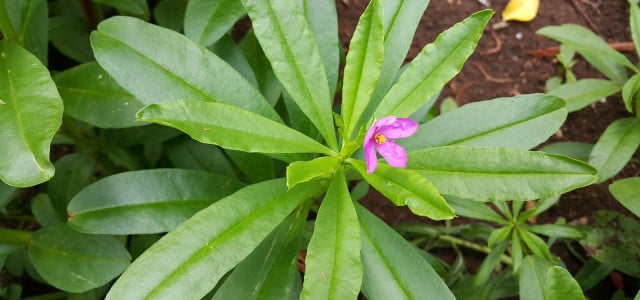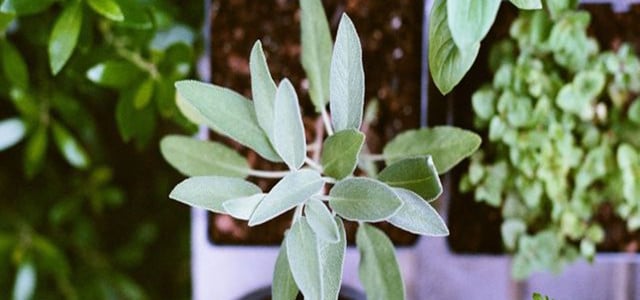Ginseng is easy to grow at home and for thousands of years, it has been prized for its therapeutic properties. We'll show you how to grow ginseng at home.
Different Types of Ginseng
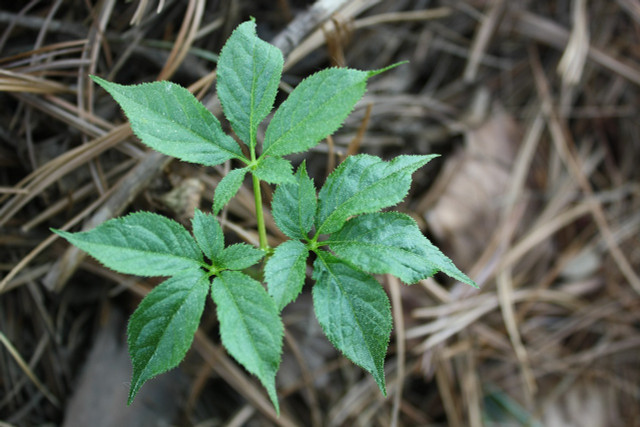
(Foto: CC0 / Pixabay / ebiz1966)
There are basically three main types of ginseng that can be grown at home. These popular types of ginseng are:
1. Panax ginseng: Sometimes known as Chinese ginseng, Korean ginseng or even Asian ginseng, it grows in the mountainous areas of many East Asian countries.
2. Panax quinquefolius: As the name suggests, American ginseng is native to North America, specifically southern parts of Canada and the central United States. The leaves and roots of this plant have long been used in various Native American medicines.
3. Panax japonicus: Japanese ginseng is another type of ginseng found in Japan and parts of China, and has been used as a healing agent for nearly 3000 years.
Most of these ginseng strains are professionally grown, cultivated, and exported for market, however a couple of US variants of ginseng grow naturally in the wild. Please be aware that in some instances, wild American ginseng can be protected under state law and may incur fines if improperly cultivated. If you are looking to grow ginseng at home, just hit up your local plant nursery and source your ginseng plant or seeds from there. They can also offer you good advice on how to grow your ginseng once you get it home.
Benefits of Ginseng



(Foto: CC0 / Pixabay / PeterFranke)
For thousands of years, ginseng has been appreciated for its myriad health benefits, particularly in the field of traditional Chinese medicine. Less of a ‘cure-all’, ginseng was instead used as a tonic to aid people suffering from various chronic illnesses and helping those recovering from disease or injury.
When it comes to modern medicine, the jury is still out on what long-term therapeutic benefits ginseng might have for the human body. However, tradition outlines six particular potential health benefits of ginseng.
Ginseng has been said to:
- be a potent antioxidant that can reduce inflammation
- assist good brain function
- alleviate erectile dysfunction
- boost the immune system
- increase energy levels
- regulate blood sugar levels
To learn how to grow ginseng at home, follow our step-by-step guide below.
How to Grow Your Own Ginseng
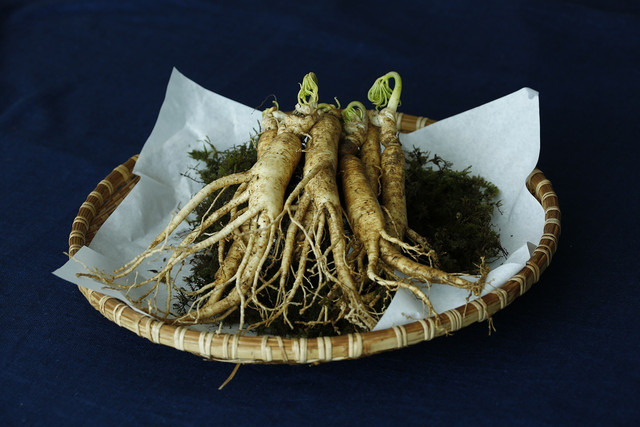


(Foto: CC0 / Pixabay / whaltns17)
Ginseng seeds should be planted in the fall or early winter regardless of whether you’re container-growing or growing your seeds in a garden bed. Be sure to give your ginseng plant plenty of shade, as it needs cooler temperatures in order to thrive.
Planting
1. Choosing seeds: The simplest approach for beginners is to source stratified ginseng seeds from a local supplier. This means that your seeds have already shed their tough outer layers and although these seeds can be a little more expensive than un-stratified seeds, planting them will definitely speed up the germination process.
2. Preparing Your Planting Site: Your ginseng plant will love rich, well-draining soil with a pH level around 6-6.5. If planting outdoors, you’ll want a spot that already has partial shade, or where you can at least create your own artificial shade. Remove any large rocks and other garden debris from the area that might obstruct your ginseng’s root growth. You can also consider planting your ginseng in eight-inch plastic pots that can be placed both indoors and outdoors.
3. Plant Your Ginseng Seeds: Sow your ginseng seeds about one inch below your soil’s surface, spacing your seeds between 15 and 20 inches apart. This will assist with good air circulation and reduce the chances of disease at the same time.
4. Patience is a Virtue: Ginseng seeds can actually take more than a year to germinate, while ginseng plants can take around three to five years to fully mature. Be patient and give your ginseng plant lots of love as it grows!
Harvesting
1. Loosen the Soil: Loosen the soil around your ginseng plant and gently pull it up from the ground to avoid damaging the all-important roots. When it comes to the ripened berries on the plant, you can collect them or just plant them where you have removed the roots to grow even more ginseng.
2. Wash the Ginseng: Roots can be cleaned quickly and easily under running water by simply rubbing and rinsing away the soil on the roots.
3. Drying: Air-drying on a rack in a warm environment that is out of direct sunlight is ideal for ginseng. This process will normally take around two weeks before the inside of the ginger roots turn white.
Tips for Growing Ginseng
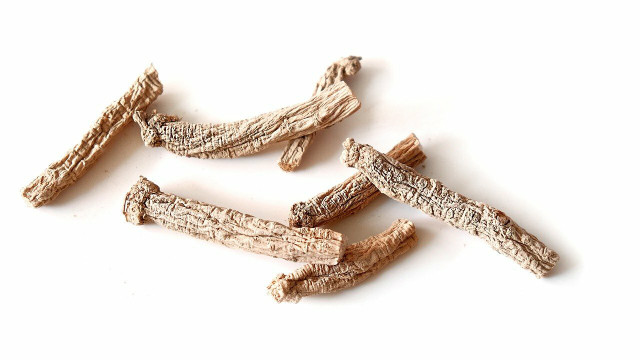


(Foto: CC0 / Pixabay / sti300p)
1. Water Your Ginseng: Be sure to water your ginseng regularly to keep your soil moist and of course add extra water in the drier months. Just make sure not to over-water your plant to prevent root rot.
2. Prune the Planting Area: Trim away any foliage from nearby plants that are edging into your ginseng’s planting site to avoid overcrowding.
3. Keep Out of Direct Sunlight: Your ginseng will grow best in partial to well-shaded areas. If you’re planting your ginseng in a pot outside, make sure to move it to a place in the shade.
4. Mulch: Garden waste and other organic plant matter is great for keeping your soil moist and nutrient-rich when you are choosing to grow your ginseng outside.
5. Check for Pests and Disease. Wilted leaves could be a potential sign of disease or damage thanks to pests. You can consider setting up barriers or non-lethal traps to deter rodents and other pests from damaging your ginseng. Ginseng is also susceptible to leaf blight, but this can be treated easily with organic fungicide.
Read more:
- Herbs for Sleep: 7 Natural Sleep Aids
- How To Grow Mushrooms: A Beginner’s Guide
- Cauliflower: Handy Tips on How to Plant, Grow, Harvest, and Eat it
Do you like this post?






